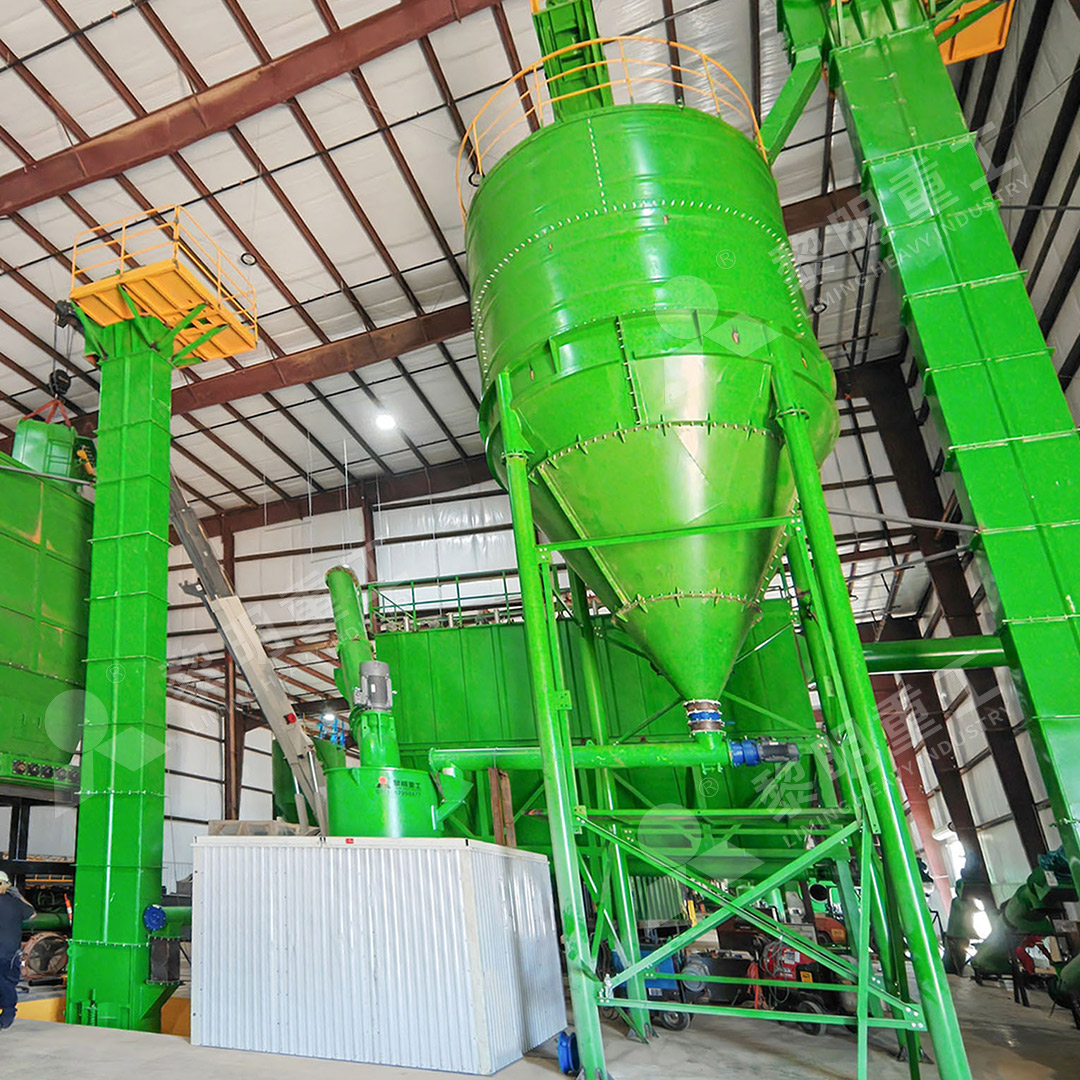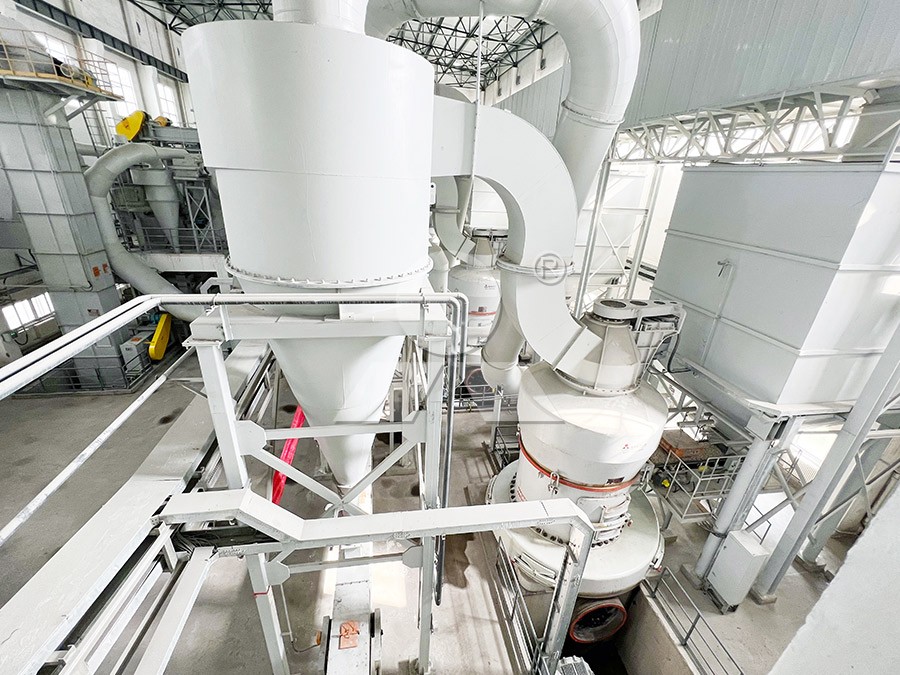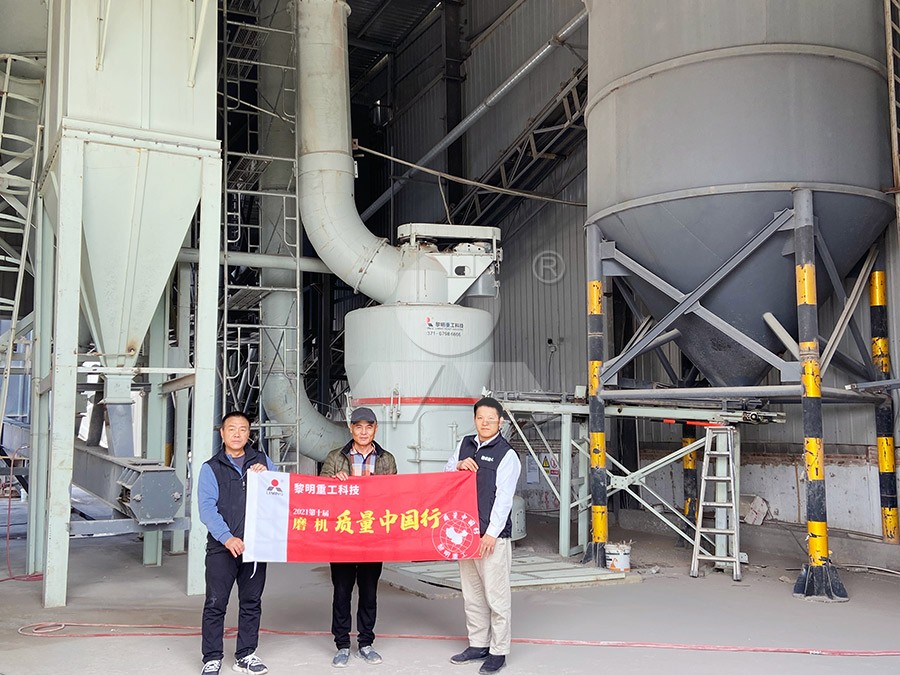Graphite Powder Grinding Mill: Types and Selection Guide
Graphite Powder Grinding Mill: Types and Selection Guide
Selecting the right grinding mill for graphite powder production is crucial for achieving optimal particle size distribution, production efficiency, and product quality. Graphite’s unique properties—including its layered structure, lubricity, and electrical conductivity—require specialized milling equipment that can produce ultra-fine powders without contamination or excessive heat generation.
The choice of grinding mill depends on several factors: required fineness, production capacity, energy consumption, and the specific application of the final graphite product. Whether you’re producing graphite for batteries, lubricants, refractories, or other industrial applications, understanding the different mill technologies available will help you make an informed decision.
Major Types of Graphite Grinding Mills
Vertical Roller Mills have gained significant popularity in graphite processing due to their energy efficiency and ability to handle medium to large production requirements. These mills utilize multiple grinding rollers that press against a rotating table, creating a bed compression grinding mechanism that’s particularly effective for brittle materials like graphite.
Raymond Mills represent the traditional approach to graphite grinding and remain popular for coarser applications. Using a spring-loaded roller system against a rotating ring, these mills offer reliable performance for producing graphite powders in the 100-400 mesh range.
Ball Mills continue to serve certain graphite applications, particularly where contamination isn’t a concern. The tumbling action of steel or ceramic balls can effectively reduce graphite particle size, though they typically consume more energy than more modern alternatives.
European Trapezium Mills offer advanced features like curved air ducts and improved powder separators, making them suitable for producing finer graphite powders with better energy efficiency than traditional Raymond mills.
Key Selection Criteria
When choosing a graphite grinding mill, consider these critical factors:
Fineness Requirements: Different applications demand different particle sizes. Battery-grade graphite typically requires sub-10-micron particles, while lubricant applications might tolerate larger sizes.
Production Capacity: Match the mill’s throughput to your production needs. Under-sizing leads to bottlenecks, while over-sizing increases capital and operating costs unnecessarily.
Energy Efficiency: Grinding operations can be energy-intensive. Modern mills often provide 30-50% energy savings compared to older technologies.
Contamination Control: Graphite’s purity is critical for many applications. Mills with minimal metal-to-metal contact and effective sealing systems help maintain product purity.

Recommended Solution: MW Ultrafine Grinding Mill
For operations requiring the finest graphite powders with minimal contamination, the MW Ultrafine Grinding Mill represents an excellent choice. This advanced mill system combines German powder separation technology with innovative grinding chamber design to produce graphite powders ranging from 325 to 2500 meshes.
The MW series stands out for its unique features specifically beneficial for graphite processing. The absence of rolling bearings and screws in the grinding chamber eliminates common failure points and prevents metallic contamination. The efficient pulse dust collector ensures environmentally friendly operation with no dust pollution, while the specially designed grinding curves enhance efficiency—achieving 40% higher production capacity compared to jet mills with the same power consumption.
With an input size capability of 0-20 mm and capacity ranging from 0.5 to 25 tph, the MW Ultrafine Grinding Mill suits various production scales. The cage-type powder selector allows precise control over final product fineness, critical for graphite applications where particle size distribution directly impacts performance characteristics.

Alternative Option: LUM Ultrafine Vertical Grinding Mill
For operations prioritizing energy efficiency and easy maintenance, the LUM Ultrafine Vertical Grinding Mill offers compelling advantages. Integrating the latest Taiwanese grinding roller technology with German powder separating technology, this mill achieves 30-50% energy reduction compared to conventional mills while maintaining excellent product quality.
The LUM mill’s reversible structure simplifies maintenance operations, allowing grinding rollers to be easily moved out of the body for inspection and replacement. This feature significantly reduces downtime during maintenance cycles. With double position-limiting technology ensuring operational stability and multi-head powder separating technology enabling precise classification, the LUM mill produces consistent, high-quality graphite powders suitable for demanding applications.
Operational Considerations
Successful graphite milling requires attention to several operational aspects beyond equipment selection. Proper feed size control, moisture management, and system ventilation all contribute to optimal performance. Modern grinding mills incorporate advanced control systems that allow operators to monitor and adjust key parameters like grinding pressure, classifier speed, and feed rate to maintain consistent product quality.
Regular maintenance remains essential regardless of mill type. However, designs like the MW and LUM mills significantly reduce maintenance requirements through features like external lubrication systems and reversible roller assemblies. These innovations translate to higher operational availability and lower lifetime operating costs.

Frequently Asked Questions
What fineness can be achieved when grinding graphite?
Advanced mills like the MW Ultrafine Grinding Mill can produce graphite powders ranging from 325 to 2500 meshes (approximately 45 to 5 microns). The exact fineness depends on the mill configuration and graphite characteristics.
How important is contamination control in graphite milling?
Extremely important. Metallic contamination can significantly impact graphite’s electrical and thermal properties. Mills designed without internal screws and bearings in the grinding chamber, like the MW series, minimize this risk.
What production capacity range is typical for graphite grinding mills?
Capacity varies widely by mill type. Ultrafine mills typically handle 0.5-25 tph, while larger vertical mills can process up to 340 tph. Your specific requirements should guide equipment selection.
How does graphite’s lubricity affect mill operation?
Graphite’s natural lubricity can sometimes challenge conventional grinding mechanisms. Specialized mill designs with optimized grinding curves and pressure settings overcome this challenge effectively.
What are the key maintenance considerations for graphite mills?
Regular inspection of grinding elements, proper lubrication, and monitoring of classifier components are essential. Choosing mills with accessible maintenance features significantly reduces downtime.
